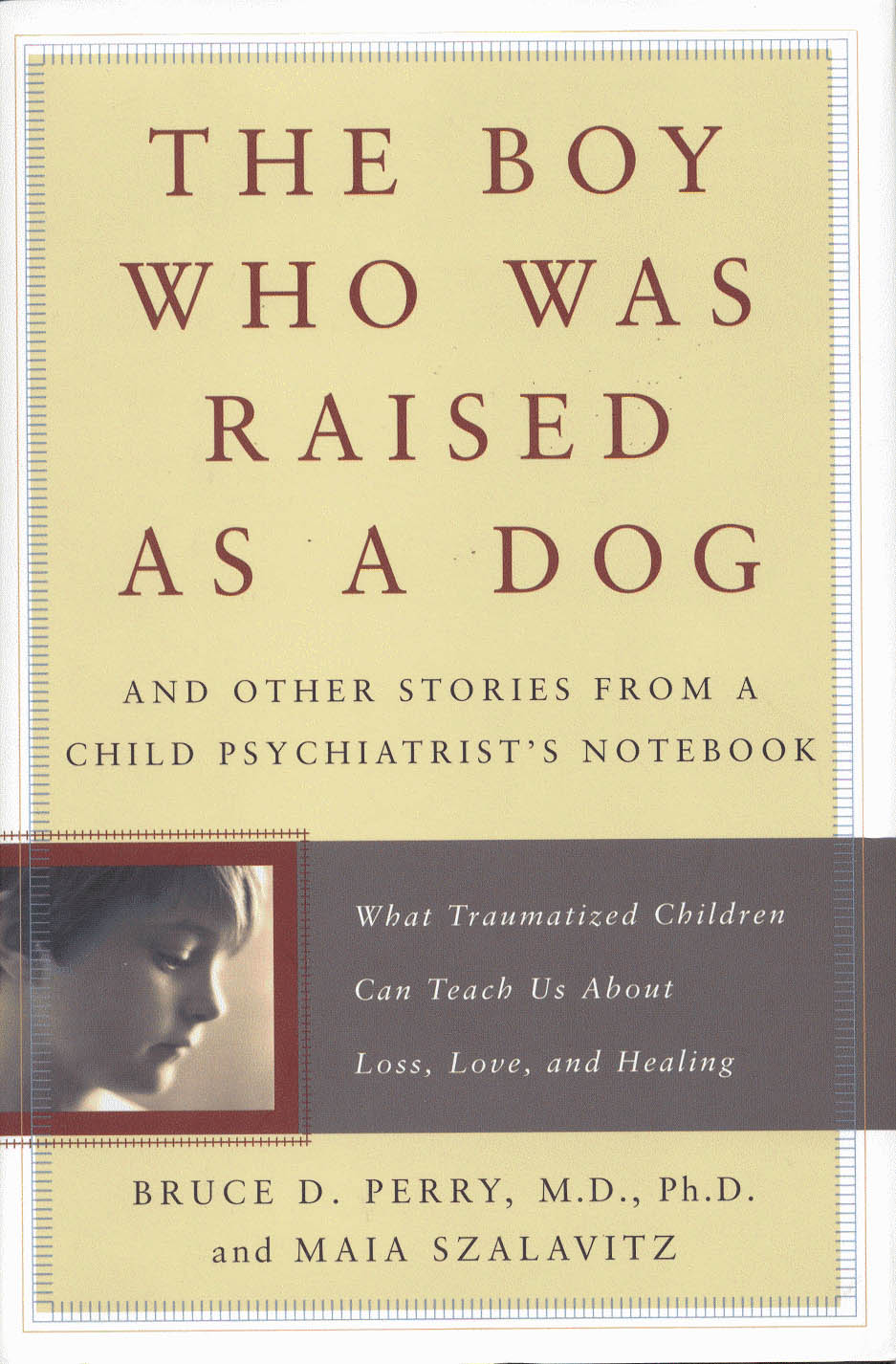I'm re-reading the book that gave me inspiration to continue to focus on child therapy. After eight months of practicum at child welfare and five years later of experience, I'm noticing that re-reading this book is a lot different the second time around.
I am recording my new learning as I read through :)

1. Tina's World
watch one, do one, teach one
jargon:
maternal introject
object relations
counter-transference
oral fixation
DSM-only based on symptoms
Brain - mediates all emotion, thought, and behaviour
when you have a good idea, fall in love, fall down the stairs, gasp when walking up stairs, melt at the smile of your child, laugh at a joke, get hungry, and feel full-all of those experiences and all your respones to these experiences are mediated by your brain.p.20
Brain Structure:
100 billion neurons (brain cells)
Every neuron has 10 support cells called glia
4 Major parts of the brain
----------------------------------->>>
1. Brain Stem
2. Diencephalon
3.Limbic System
4. Cortex
1. Brain Stem, 2. Diencephalon grow first when child develops
Excerpt from the book:Our four brain areas are organized in a hierarchical fashion: bottom to top, inside to outside. A good way to picture it is with a little stack of dollar bills -- say five. Fold them in half, place them on your palm and make a hitchhiker’s fist with your thumb pointing out. Now, turn your fist in a “thumbs down” orientation. Your thumb represents the brain-stem, the tip of your thumb being where the spinal cord merges into the brain stem; the fatty part of your thumb would be the diencephalon; the folded dollars inside your fist, covered by your fingers and hand, would be the limbic system; and your fingers and hand, which surround the bills, represent the cortex. When you look at the human brain, the limbic system is completely internal; you cannot see it from the ouside, just like those dollar bills. Your little finger, which is now oriented to be the top and front, represents the frontal cortex.
“While interconnected, each of thee four main areas controls a separate set of functions. The brainstem, for example, mediates our core regulatory functions such as body temperature, heart rate, respiration and blood pressure. The diencephalon and the limbic system handle emotional responses that guide our behavior, like fear, hatred, love and joy. The very top part of the brain, the cortex, regulates the most complex and highly human functions such as speech and language, abstract thinking, planning and deliberate decision making. All of them work in concert, like a symphony orchestra, so while there are individualized capacities, no one system is wholly responsible for the sound of the ‘music’ you actually hear.”
"The basic neuroscience work i'd been doing for years had involved examining the details of how these systems worked. In the brain, neurons transmit messages from once cell to the next by using chemical messengers called neurotransmitters that are released at specialized neuron to neuron connections called synapses. These chemical messengers fit only into certain, correctly shaped receptors on the next neuron, in the same way that only the right ey will fit into the lock on your front door. Synaptic connections, at once astoundingly complex and yet elegantly simple, create chains of neuron to neuron networks that allow all of the many functions of the brain, including thought, feeling, motion, sensation, and perception. This also allows drugs to affect us, because more psychactive medications work like copied keys, fitting into locks meant to be pened by particular neurotransmitters and fooling the brain into opening or closing their doors"



No comments:
Post a Comment